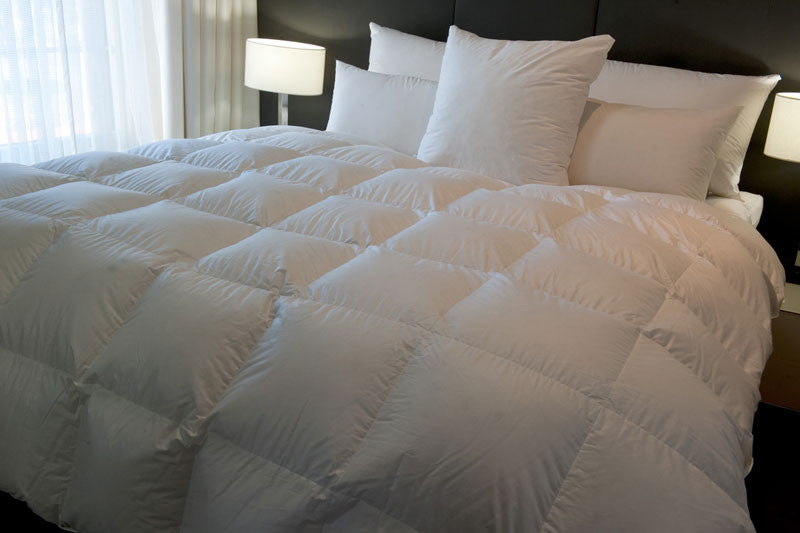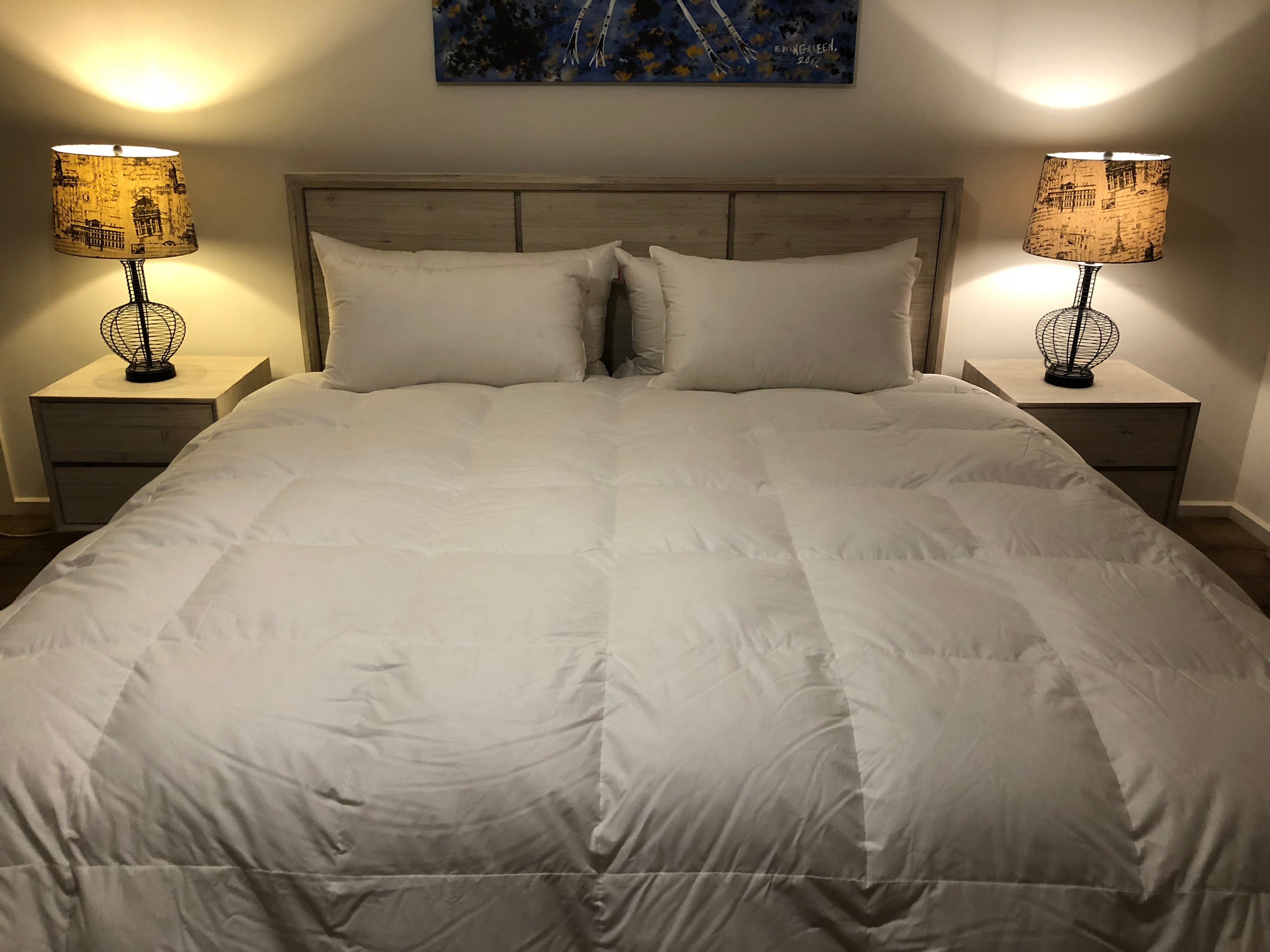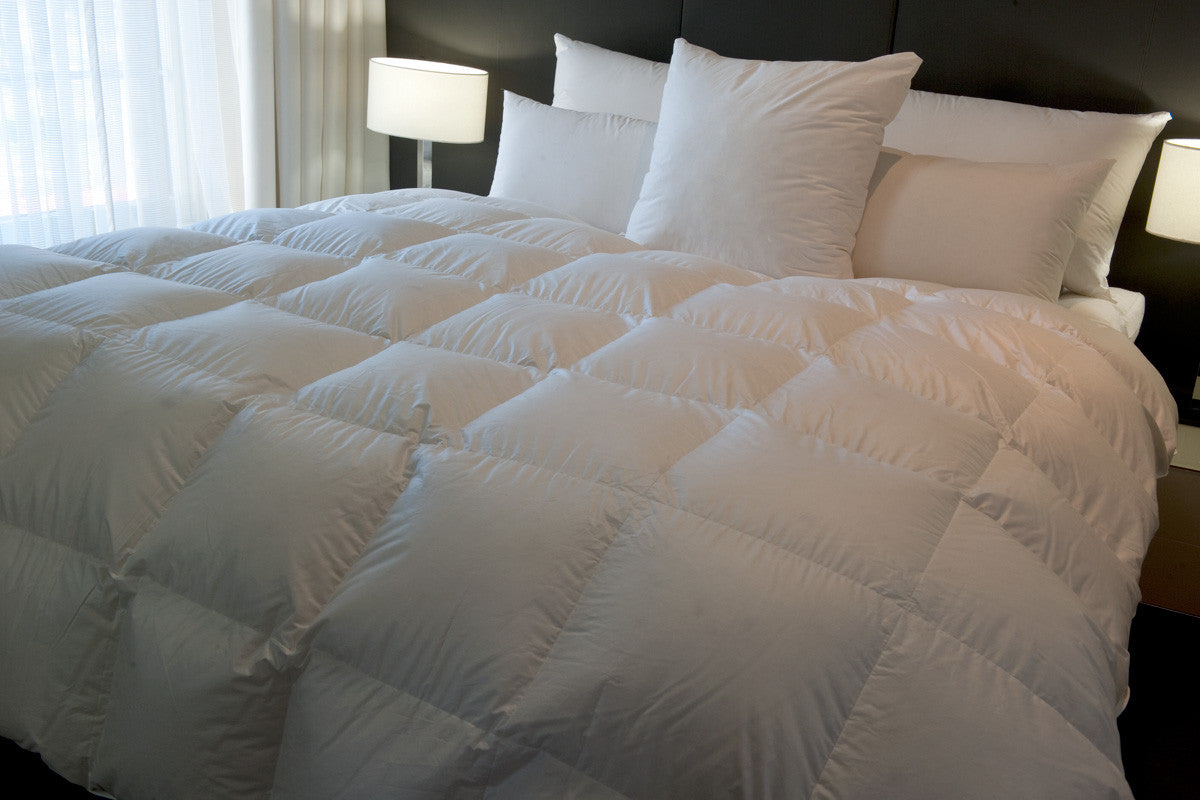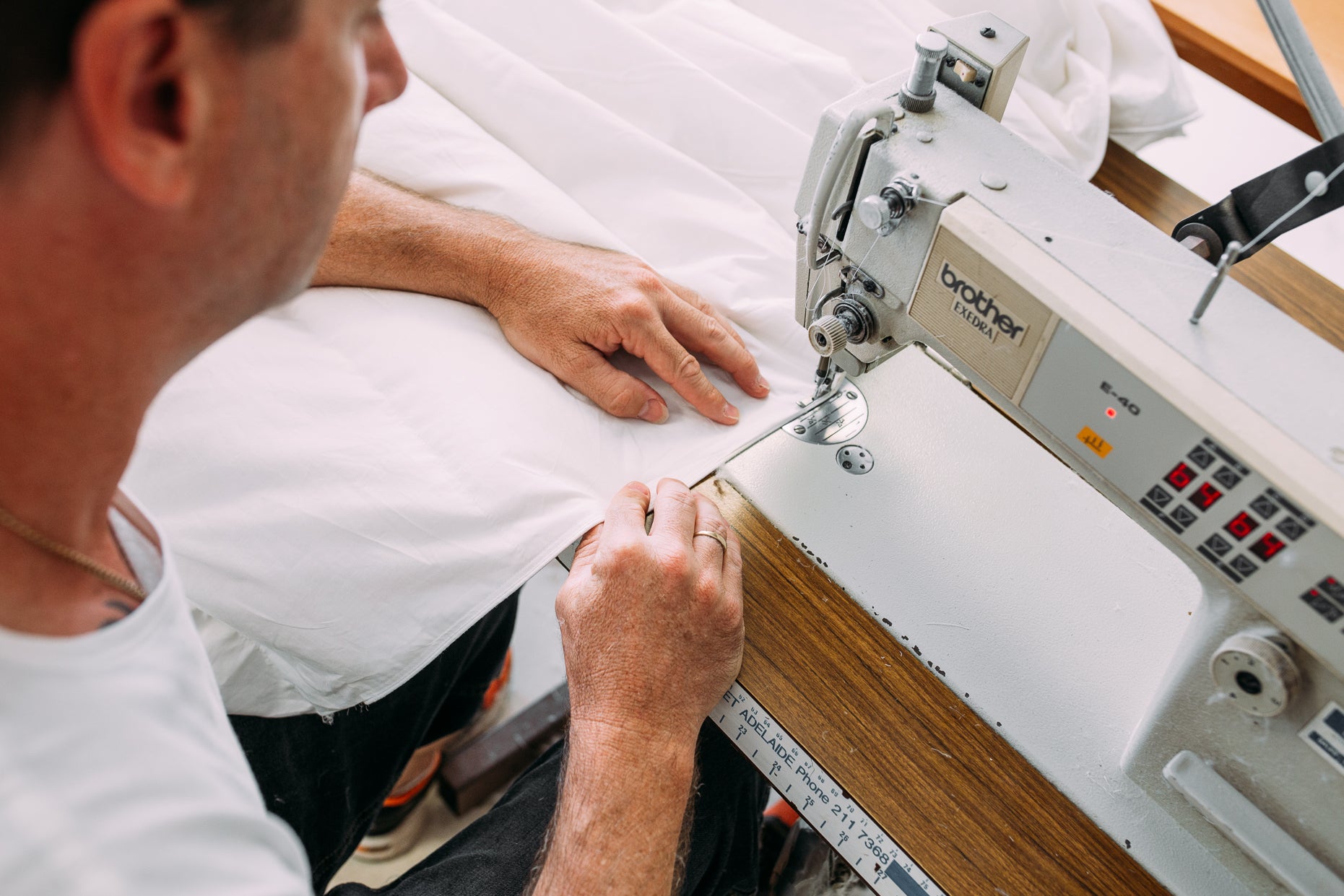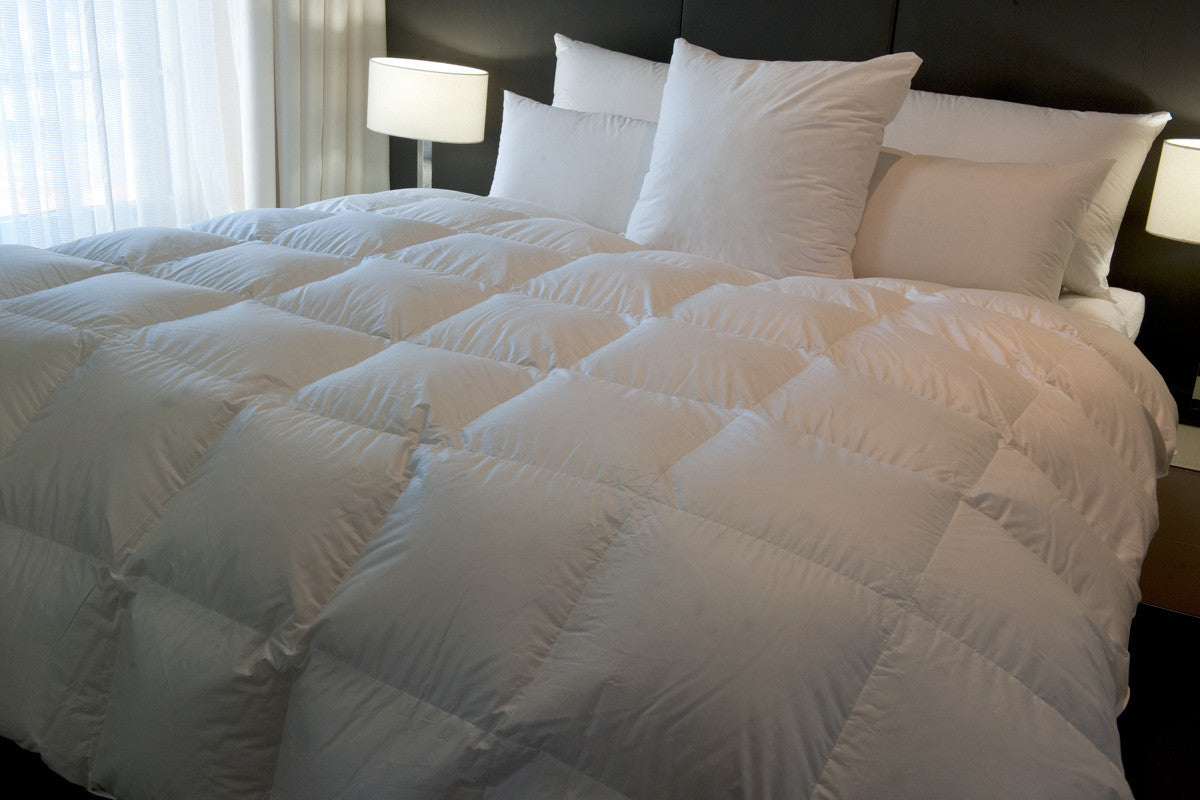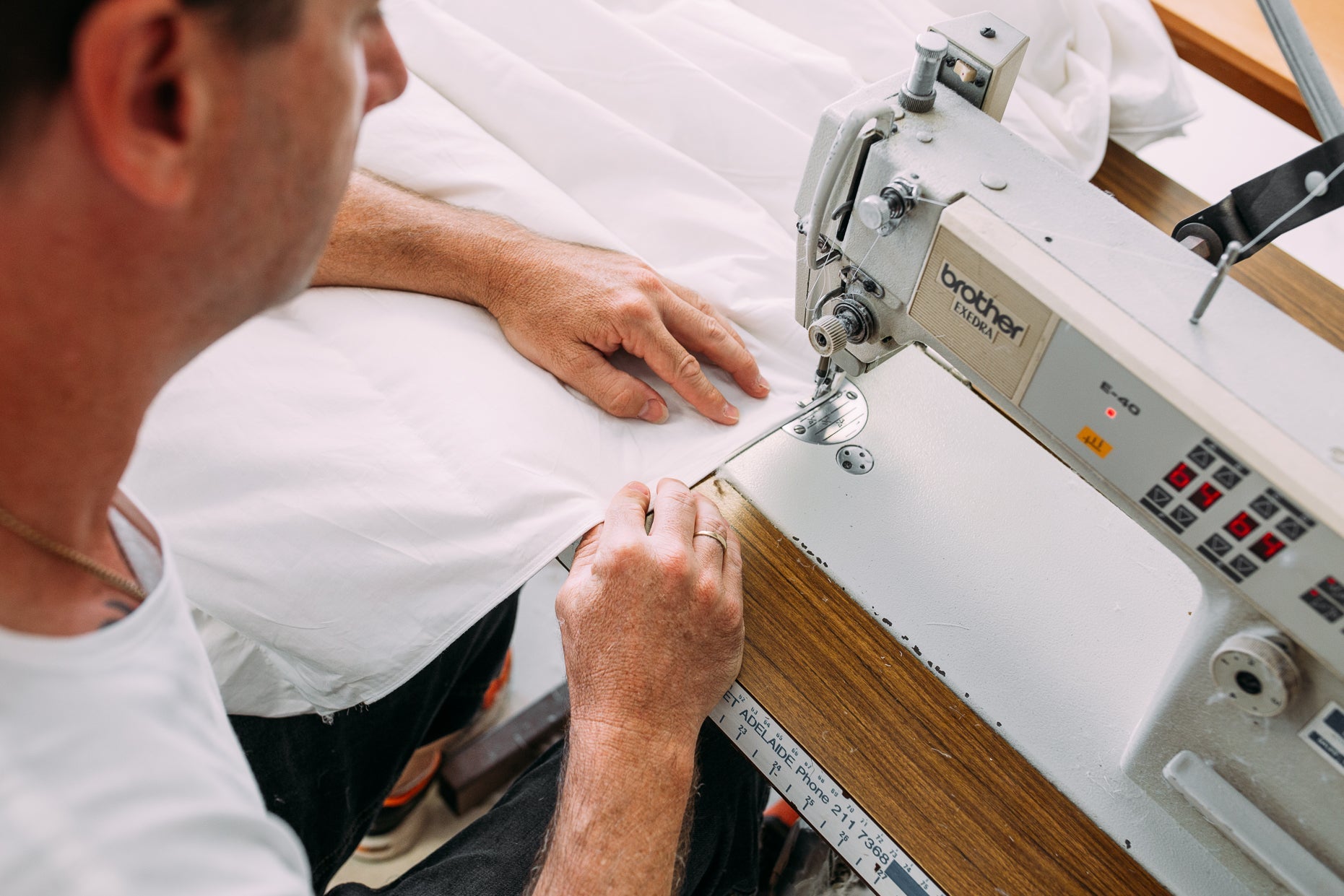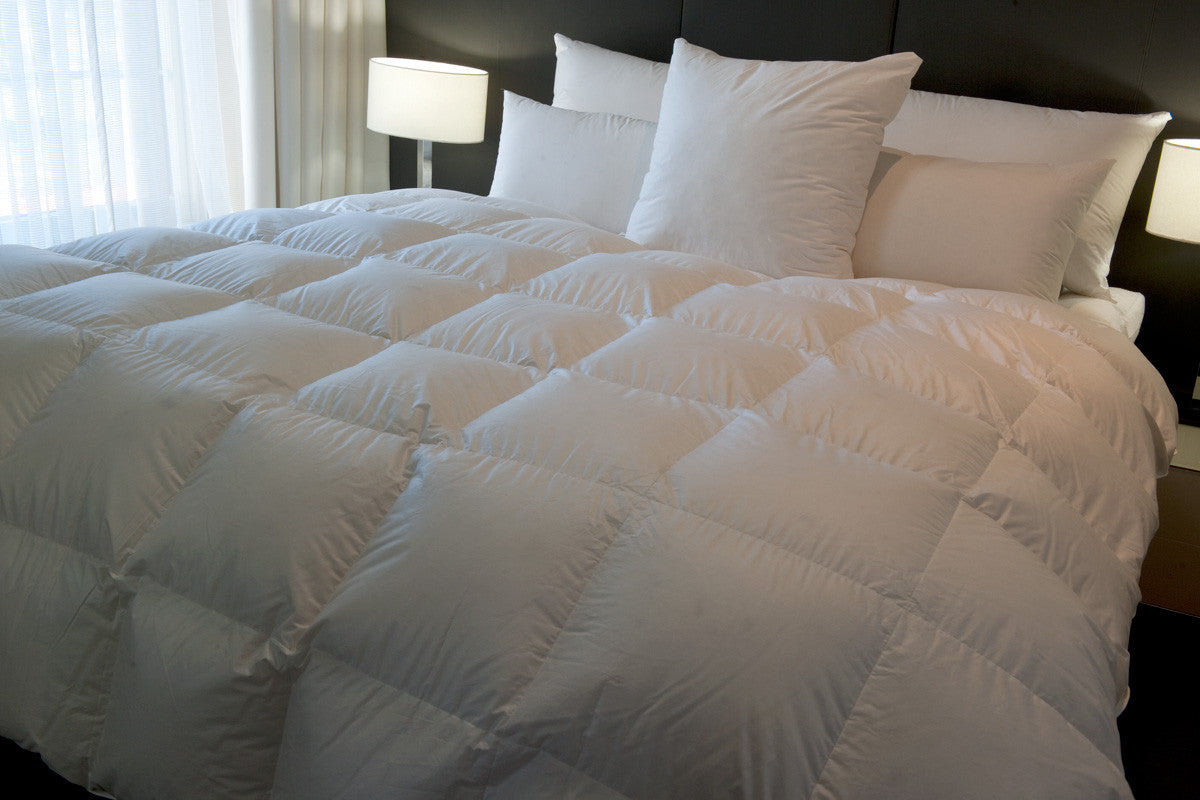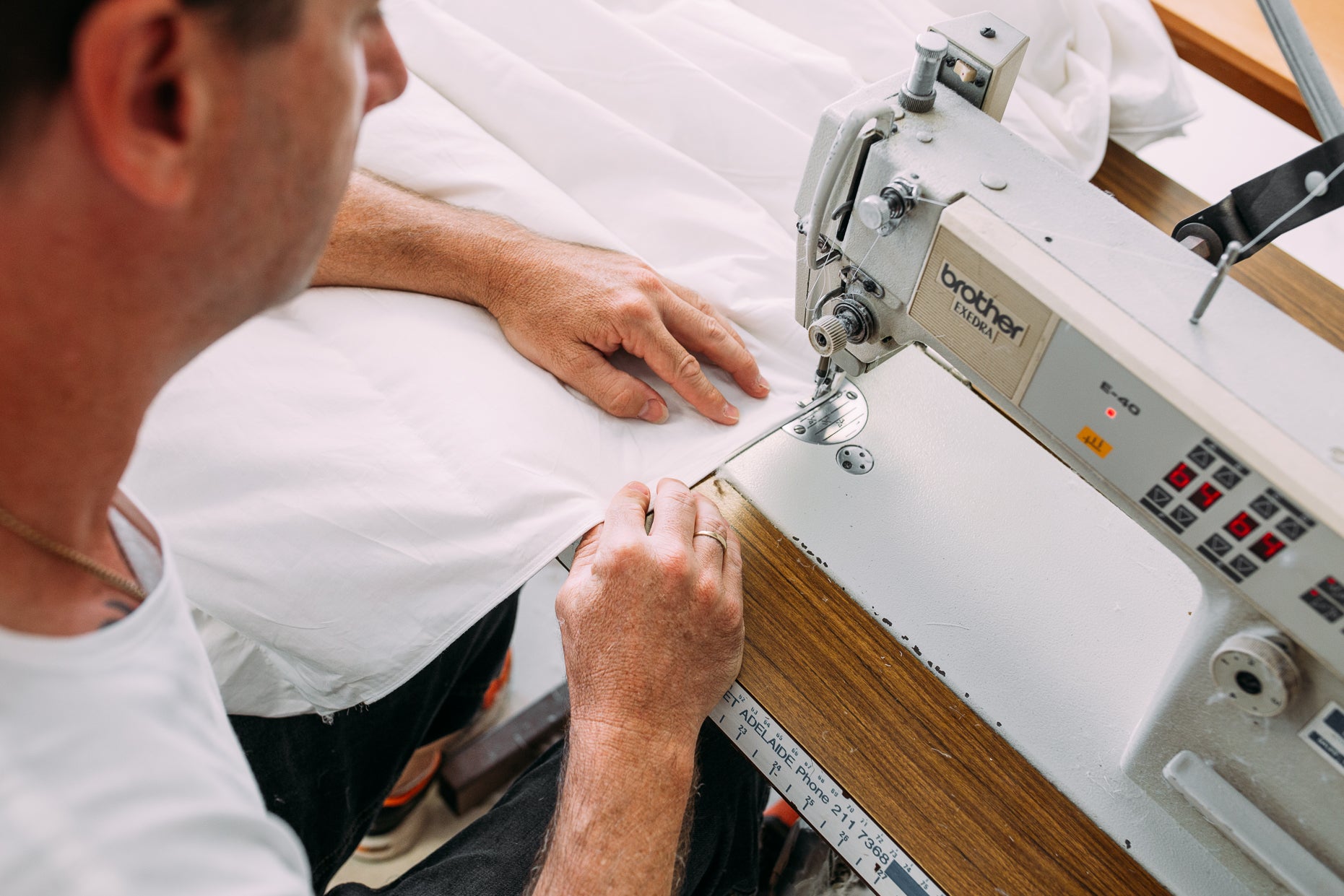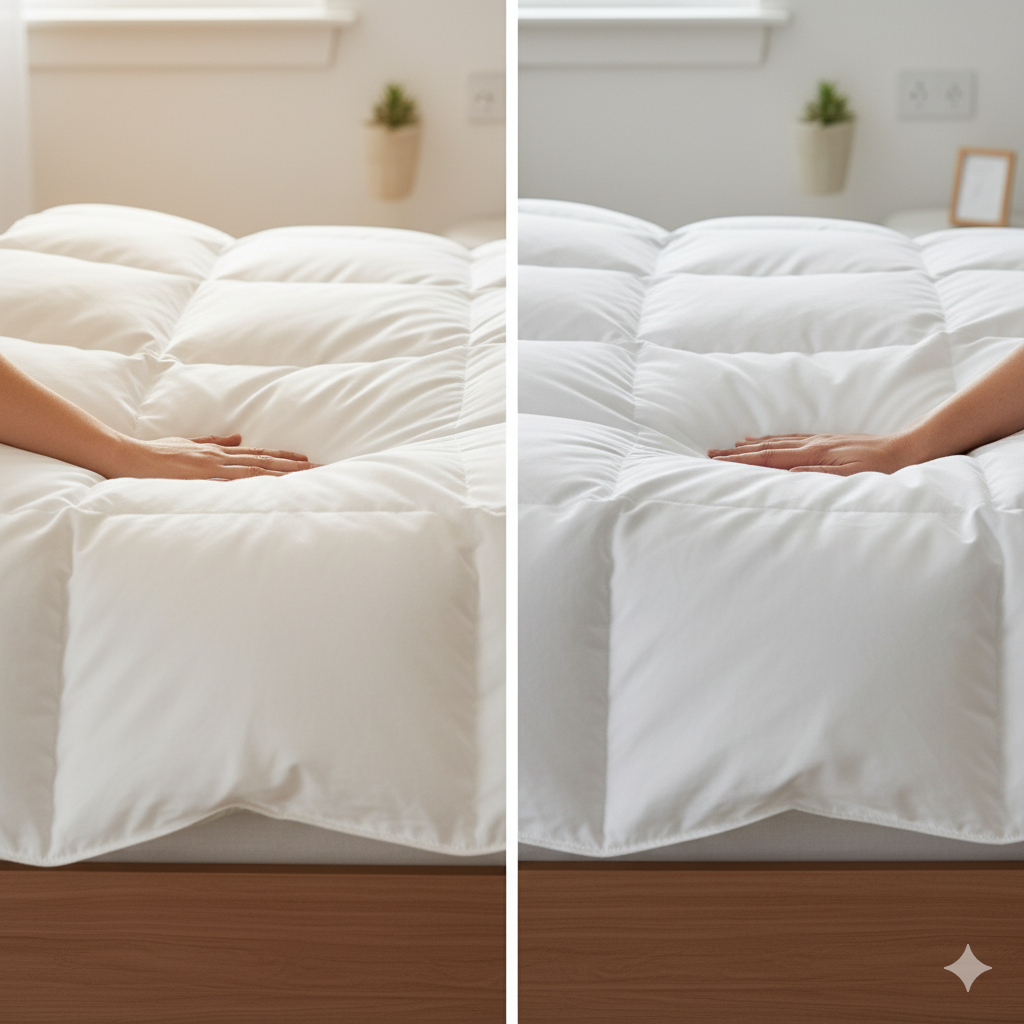
How Warm Is a Goose Down Quilt Compared to Duck Down?
When shopping for a quality down quilt, one of the most common questions is whether goose down is warmer than duck down. The short answer is yes—goose down typically provides superior warmth-to-weight efficiency due to its larger cluster size and higher fill power. However, the actual warmth of your quilt depends on several factors including fill power rating, construction quality, and the specific climate you're sleeping in. Understanding these differences helps you choose the right quilt for your comfort needs and budget.
Frequently Asked Questions
Is goose down always warmer than duck down?
Not necessarily. While goose down generally has larger clusters and higher fill power, a high-quality duck down quilt with a fill power of 700+ can be warmer than a low-quality goose down quilt with 500 fill power. The key is comparing apples to apples—look at fill power ratings and construction quality rather than just the bird type.
What fill power should I look for in a warm quilt?
For Australian winters, aim for a fill power of at least 600 for duck down and 700+ for goose down. Higher fill power means better insulation with less weight. If you live in colder regions like the Southern Highlands or Tasmania, consider 800+ fill power for maximum warmth without the bulk.
Does duck down have a stronger smell than goose down?
Duck down can have a slightly stronger natural odour compared to goose down, particularly if it hasn't been properly cleaned and sterilised. However, reputable Australian manufacturers thoroughly wash and treat all down products, so any quality quilt from a trusted supplier should have minimal to no odour regardless of the bird type.
How long does a down quilt maintain its warmth?
A well-maintained down quilt can retain its loft and warmth for 10-15 years or longer. Goose down typically holds its shape slightly better than duck down over time due to its more resilient cluster structure. Regular fluffing, proper storage, and occasional professional cleaning will help preserve your quilt's insulating properties.
Are there ethical concerns with goose or duck down?
Ethical sourcing is important for both types. Look for certifications like Responsible Down Standard (RDS) or DOWNPASS, which ensure the down is a by-product of the food industry and that birds aren't live-plucked. Many Australian suppliers, including Supreme Quilts, prioritise ethically sourced materials and transparent supply chains.
Key Features to Consider
- Fill power rating: Higher numbers (700-900+) indicate superior warmth and loft, with goose down typically achieving higher ratings than duck down
- Baffle box construction: Prevents down from shifting and creates consistent warmth distribution across the entire quilt
- Shell fabric quality: Tightly woven cotton with high thread count (280+) prevents down leakage while allowing breathability
- Climate suitability: Consider your local temperature range—tropical Queensland has different needs than alpine Victoria
- Warranty and care instructions: Quality manufacturers offer 5-10 year warranties and provide clear guidance on maintaining your investment
- Certification standards: Look for RDS, OEKO-TEX, or similar certifications that guarantee quality, safety, and ethical production
Understanding the Warmth Difference Between Goose and Duck Down
The warmth comparison between goose down and duck down isn't as simple as declaring one superior to the other. While goose down generally offers better insulating properties, the actual performance of your quilt depends on multiple interconnected factors that affect both immediate comfort and long-term value.
Warmth-to-Weight Efficiency
Goose down clusters are typically 10-20% larger than duck down clusters, which creates more air pockets and provides superior insulation per gram of fill. This means a goose down quilt can achieve the same warmth level as a duck down quilt while being noticeably lighter and less bulky. For example, a 700 fill power goose down quilt often feels as warm as an 800 fill power duck down quilt, but weighs considerably less. This efficiency becomes particularly valuable for Australians who prefer a lighter cover during mild winters or those who find heavy bedding restrictive. The larger clusters also create better loft—that fluffy, cloud-like quality that premium quilts are known for—which enhances both warmth retention and aesthetic appeal.
Durability & Loft Retention
When considering long-term performance, goose down demonstrates superior resilience compared to duck down. The larger, more robust clusters of goose down bounce back more effectively after compression, maintaining their loft and insulating properties for years longer. Duck down, while still durable when properly maintained, tends to flatten slightly faster with regular use. This doesn't mean duck down quilts aren't worthwhile investments—many high-quality duck down products from manufacturers like Supreme Quilts offer excellent longevity—but goose down typically provides an extra 2-3 years of optimal performance. If you're planning to use your quilt nightly for decades, the initial premium for goose down often pays for itself through extended lifespan and consistent warmth retention.
Odour & Cleanliness
The odour factor is one of the most misunderstood aspects of the goose versus duck debate. Ducks are waterfowl that produce more oil in their feathers to maintain waterproofing, which can result in a stronger natural scent if the down isn't thoroughly processed. Geese produce less oil, making their down naturally milder in scent. However, modern processing techniques have largely eliminated this concern—any reputable Australian manufacturer thoroughly washes, sanitises, and deodorises both types of down using multi-stage cleaning processes. The key is purchasing from established suppliers who follow strict hygiene protocols. If you're sensitive to smells or concerned about allergens, ask about the cleaning standards and certifications before purchasing. Quality control makes far more difference than bird species in this regard.
Climate & Moisture Adaptability
Australia's diverse climate zones require different bedding solutions, and both goose and duck down have distinct moisture-handling characteristics. Goose down absorbs moisture slightly more effectively than duck down, which helps regulate body temperature during humid Queensland summers or when you naturally perspire during sleep. However, duck down's denser cluster structure can provide better insulation in very cold, dry climates like the Snowy Mountains region. For most Australian households, either option works well if you select the appropriate tog rating for your location. Coastal dwellers should prioritise breathability and moisture wicking, while inland residents in drier climates can focus purely on insulation efficiency. If you're uncertain about the best choice for your specific situation, don't hesitate to contact us for personalised recommendations based on your local climate and sleeping preferences.
Ethical Sourcing & Sustainability
The ethics behind your down quilt matter just as much as its performance. Both goose and duck down should ideally be by-products of the food industry, collected after birds are processed for meat rather than live-plucked. Geese are less commonly farmed in Australia compared to ducks, which means goose down often travels further distances and may have a larger carbon footprint. However, many European suppliers maintain exemplary animal welfare standards. Look for RDS certification, which audits the entire supply chain from farm to finished product. Alternatively, consider Australian-sourced duck down, which reduces transport emissions and supports local agriculture. Ethical production isn't just about animal welfare—it's also about worker conditions, chemical usage during processing, and overall environmental impact. Responsible manufacturers are transparent about their sourcing and happy to provide certification documentation.
Cost vs. Performance
The price difference between goose and duck down quilts can be substantial—sometimes 30-50% more for comparable quality goose down. This premium reflects the larger cluster size, limited supply, and superior performance characteristics. However, duck down offers exceptional value for budget-conscious shoppers who still want genuine down luxury. A high-quality duck down quilt with 700+ fill power provides excellent warmth and comfort at a more accessible price point, making it ideal for first-time down quilt buyers or those furnishing guest rooms. Consider your budget alongside your priorities: if you're a cold sleeper who values maximum warmth with minimum weight, goose down justifies the investment. If you want excellent insulation at a competitive price and don't mind slightly more fill weight, duck down delivers outstanding performance without breaking the bank.
Comfort & Sleep Quality
Ultimately, the warmth comparison means little if your quilt doesn't help you sleep better. Both goose and duck down excel at temperature regulation—they keep you warm without overheating, unlike synthetic fills that can trap heat and moisture. The superior loft of goose down creates that luxurious hotel-quality feel that many people associate with premium bedding, while duck down still offers remarkable softness and comfort. Personal preference plays a significant role here: some people prefer the lighter feel of goose down, while others appreciate the slightly denser drape of duck down. Your body temperature, room temperature, and personal comfort preferences should guide your decision alongside practical considerations like budget and climate. Testing different options in-store when possible, or purchasing from retailers with generous return policies, helps ensure you find the perfect match for your sleep needs.

